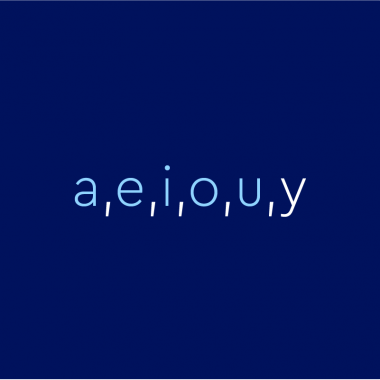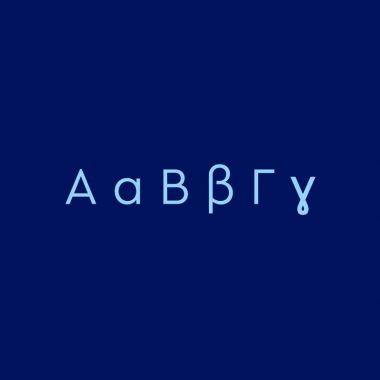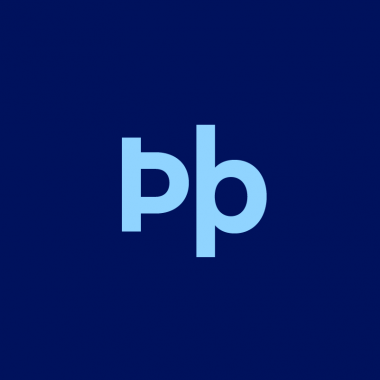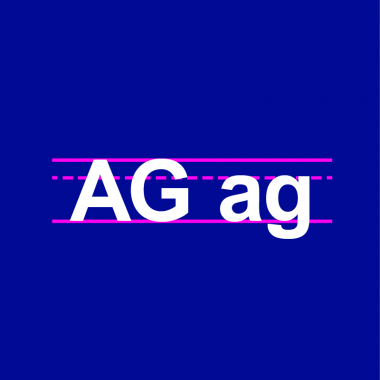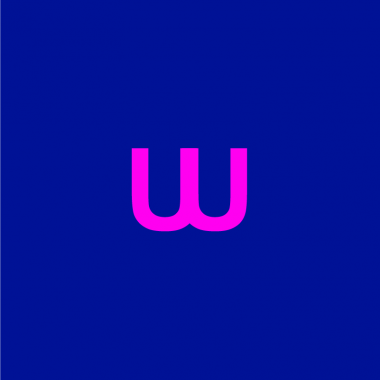Why Are A, E, I, O, U, And Y Called “Vowels”?
You might be able to recite the letters considered vowels in the English language: A, E, I, O, U, and sometimes Y. But what makes a vowel a vowel? Vowels and consonants are two different categories of sounds that linguists (in the branch of linguistics called phonetics) use to explain how speech sounds work. In this article, we’ll explore the difference between consonants and vowels …
